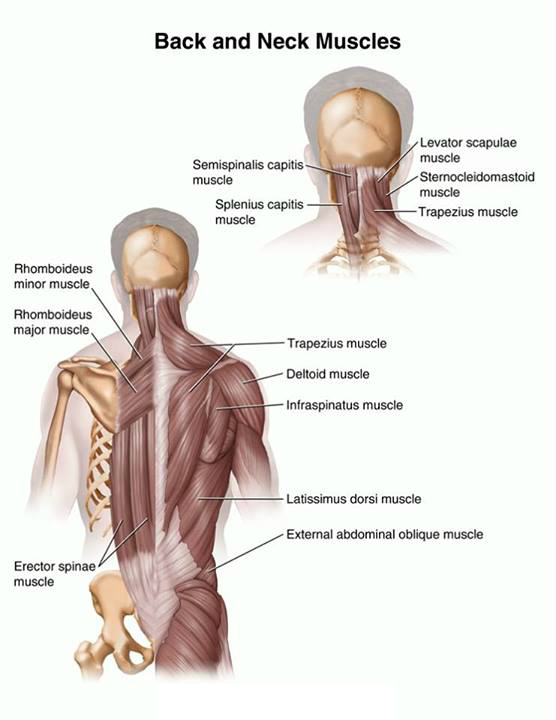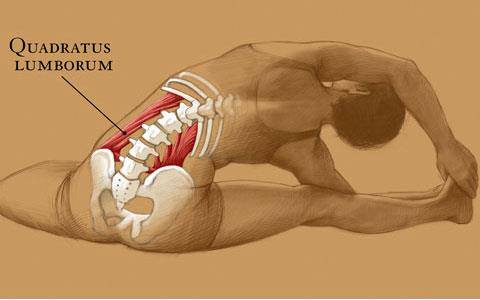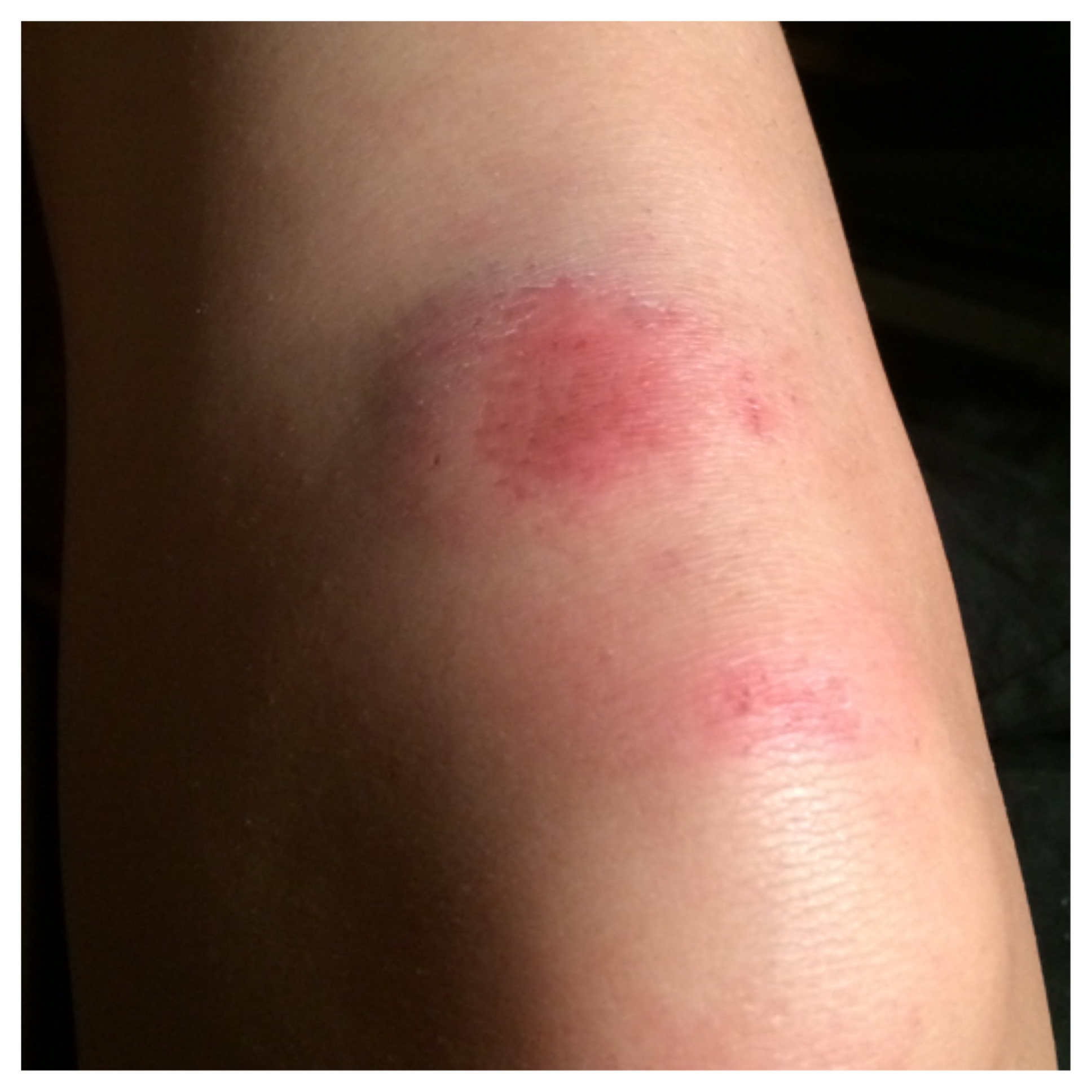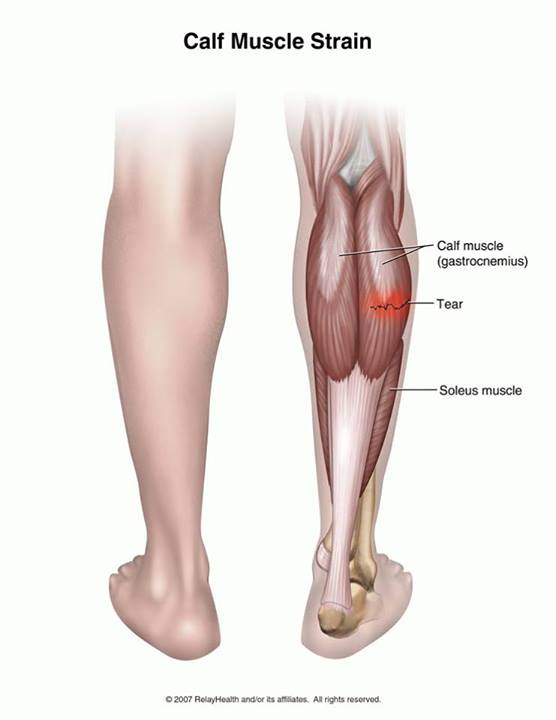Hamstring Strain

What is a hamstring strain?
A strain is a stretch or tear of a muscle or tendon. People commonly call such an injury a pulled muscle.
Your hamstring muscle group is in the back of your thigh and allows you to bend your knee. It is made up of three large muscles the biceps, semimembranosus, and semitendinosus.
Causes of hamstring strain?
A hamstring muscle strain usually occurs when these muscles are contracted forcefully during activities such as running or jumping.
Symptoms of hamstring strain?
There is often a burning feeling or a popping when the injury occurs. You have pain when walking or when bending or straightening your leg. A few days after the injury, you may have bruising on your leg just below the injury.
Diagnosis of hamstring strain?
Your healthcare provider will examine your leg and check for weakness or tenderness at the site of the injury.
Treatement of hamstring strain?
To treat this condition:
- Put an ice pack, gel pack, or package of frozen vegetables, wrapped in a cloth on the area every 3 to 4 hours, for up to 20 minutes at a time.
- You could also do ice massage. To do this, first freeze water in a Styrofoam cup, then peel the top of the cup away to expose the ice. Hold the bottom of the cup and rub the ice over the area for 5 to 10 minutes. Do this several times a day while you have pain.
- Raise the leg on a pillow when you sit or lie down.
- Wrap an elastic bandage around your leg to keep the swelling from getting worse.
- Take an anti-inflammatory medicine such as ibuprofen, or other medicine as directed by your provider. Nonsteroidal anti-inflammatory medicines (NSAIDs) may cause stomach bleeding and other problems. These risks increase with age. Read the label and take as directed. Unless recommended by your healthcare provider, do not take for more than 10 days.
- Use crutches if it is too painful to walk.
- Use an elastic thigh wrap to give extra support to your hamstrings as you return to your activities. While you recover from your injury, you need to change your sport or activity to one that does not make your condition worse.
- For example, you may need to swim or bicycle instead of run.
How long will the effects last?
The length of recovery depends on many factors such as your age, health, and if you have had a previous hamstring injury. Recovery time also depends on the severity of the injury. A mild hamstring strain may recover within a few weeks, whereas a severe injury may take 6 weeks or longer to recover. You need to stop doing the activities that cause pain until the muscle has healed. If you continue doing activities that cause pain, your symptoms will return and it will take longer to recover.
When can I return to my normal activities?
Everyone recovers from an injury at a different rate. Return to your activities depends on how soon your hamstring recovers, not by how many days or weeks it has been since your injury has occurred. In general, the longer you have symptoms before you start treatment, the longer it will take to get better. The goal is to return to your normal activities as soon as is safely possible. If you return too soon you may worsen your injury.
You may safely return to your normal activities when, starting from the top of the list and progressing to the end, each of the following is true
- You have full range of motion in the injured leg compared to the uninjured leg.
- You have full strength of the injured leg compared to the uninjured leg.
You can walk straight ahead without pain or limping.
How can I prevent a hamstring strain
A hamstring strain is best prevented by warming up properly and stretching your hamstring muscles before activities. This is especially important in sprinting or jumping.
Physiotherepy of hamstring strain
Hamstring Strain Exercises

You can begin gently stretching your hamstring right away by doing the standing hamstring stretch. Make sure you do not feel any sharp pain. You should feel only a mild discomfort in the back of your thigh when you are doing this stretch.
Standing hamstring stretch:
Put the heel of the leg on your injured side on a stool about 15 inches high. Keep your leg straight. Lean forward, bending at the hips, until you feel a mild stretch in the back of your thigh. Make sure you don’t roll your shoulders or bend at the waist when doing this or you will stretch your lower back instead of your leg. Hold the stretch for 15 to 30 seconds. Repeat 3 times.
After the hamstring stretches become easier, you can do the hamstring stretch on a wall and the standing calf stretch. It’s good to stretch your calf muscle because it attaches near where your hamstring ends.
Hamstring stretch on wall:
Lie on your back with your buttocks close to a doorway. Stretch your uninjured leg straight out in front of you on the floor through the doorway. Raise your injured leg and rest it against the wall next to the door frame. Keep your leg as straight as possible. You should feel a stretch in the back of your thigh. Hold this position for 15 to 30 seconds. Repeat 3 times.
Standing calf stretch:
Stand facing a wall with your hands on the wall at about eye level. Keep your injured leg back with your heel on the floor. Keep the other leg forward with the knee bent. Turn your back foot slightly inward (as if you were pigeon-toed). Slowly lean into the wall until you feel a stretch in the back of your calf. Hold the stretch for 15 to 30 seconds. Return to the starting position. Repeat 3 times. Do this exercise several times each day.
When the pain is gone, start strengthening your hamstrings using the following exercises.
Prone knee bend:
Lie on your stomach with your legs straight out behind you. Bend the knee on your injured side so that your heel comes toward your buttocks. Hold 5 seconds. Relax and return your foot to the floor. Do 2 sets of 15. As this gets easier you can add weights to your ankle.
Prone hip extension:
Lie on your stomach with your legs straight out behind you. Draw your belly button in towards your spine and tighten your abdominal muscles. Tighten the buttocks and thigh muscles of the leg on your injured side and lift the leg off the floor about 8 inches. Keep your leg straight. Hold for 5 seconds. Then lower your leg and relax. Do 2 sets of 15.
Resisted hamstring curl:
Place a chair facing a door about 3 feet from the door. Loop and tie one end of the tubing around the ankle of your injured leg. Tie a knot in the other end of the tubing and shut the knot in the door. Sit in the chair and raise your injured leg. Then bend your knee, bringing your foot down to the floor. Allow your foot to slide along the floor and move back underneath the chair, stretching the tubing. Slowly let your foot slide forward again. Do 2 sets of 15.
You can challenge yourself by moving the chair farther from the door to increase the resistance of the tubing.
Chair lift:
Lie on your back with your heels resting on the top of a chair. Slowly raise both hips off the floor. Hold for 2 seconds and lower slowly. Do 3 sets of 15.
After your hamstrings have become stronger and you feel your leg is stable, you can begin strengthening the quadriceps (the muscles in the front of the thigh) by doing lunges and the slump stretch.
Lunge:
Stand and take a large step forward with your right leg. Dip your left knee down toward the floor and bend your right leg. Return to the starting position. Repeat the exercise stepping forward with the left leg and dipping your right leg down toward the floor. Do 2 sets of 15 on each side.
Slump stretch:
Sit slouched in a chair with your head bent down. Straighten your injured leg and move your foot toward you. Hold this position for 30 seconds. Relax and then repeat 2 times.











